Birds exhibit a wide array of fascinating behaviors, but some stand out for their particularly strange mating rituals. These courtship displays are as varied as the birds themselves, showcasing everything from intricate dances to vibrant displays of color and sound. Each species has evolved unique techniques to attract a mate, often creating mesmerizing and complex performances. In this list, we’ll explore twenty two of the most peculiar birds and their remarkable approaches to finding a partner. These captivating rituals reveal the creativity and beauty of nature in surprising ways.
Greater Sage-Grouse
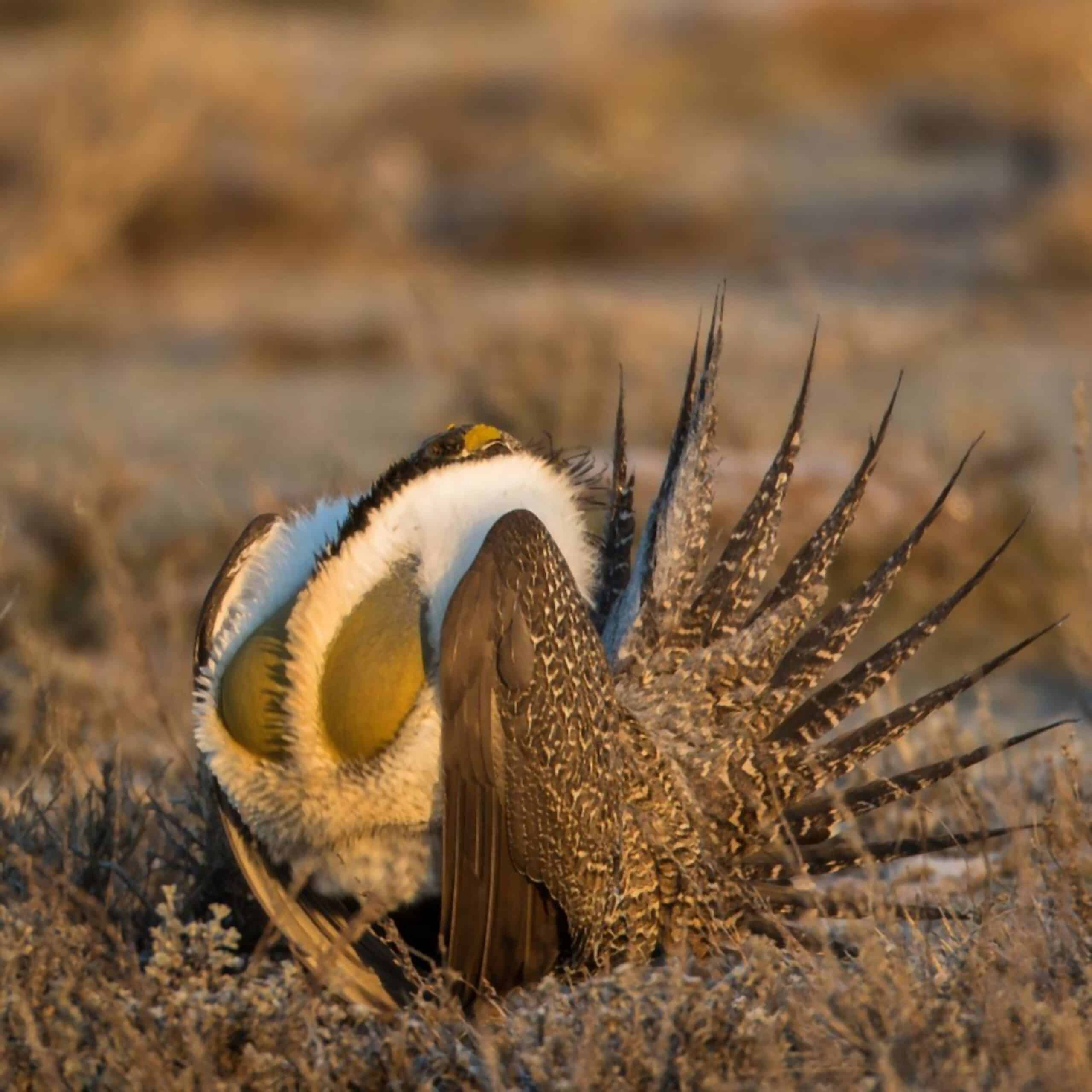
The Greater Sage-Grouse is known for its impressive, theatrical mating display. Males gather on open grounds, known as leks, where they compete for attention in an elaborate dance. They inflate air sacs on their chests, producing a series of popping sounds that echo across the landscape. With tails fanned out and wings spread, they strut around, hoping to catch the eye of nearby females. Each male perfects his movements, practicing the rhythm and timing to stand out among rivals. This ritual not only showcases physical strength but also reflects the male’s health, as females choose mates based on the quality of their performance.
Red-Capped Manakin
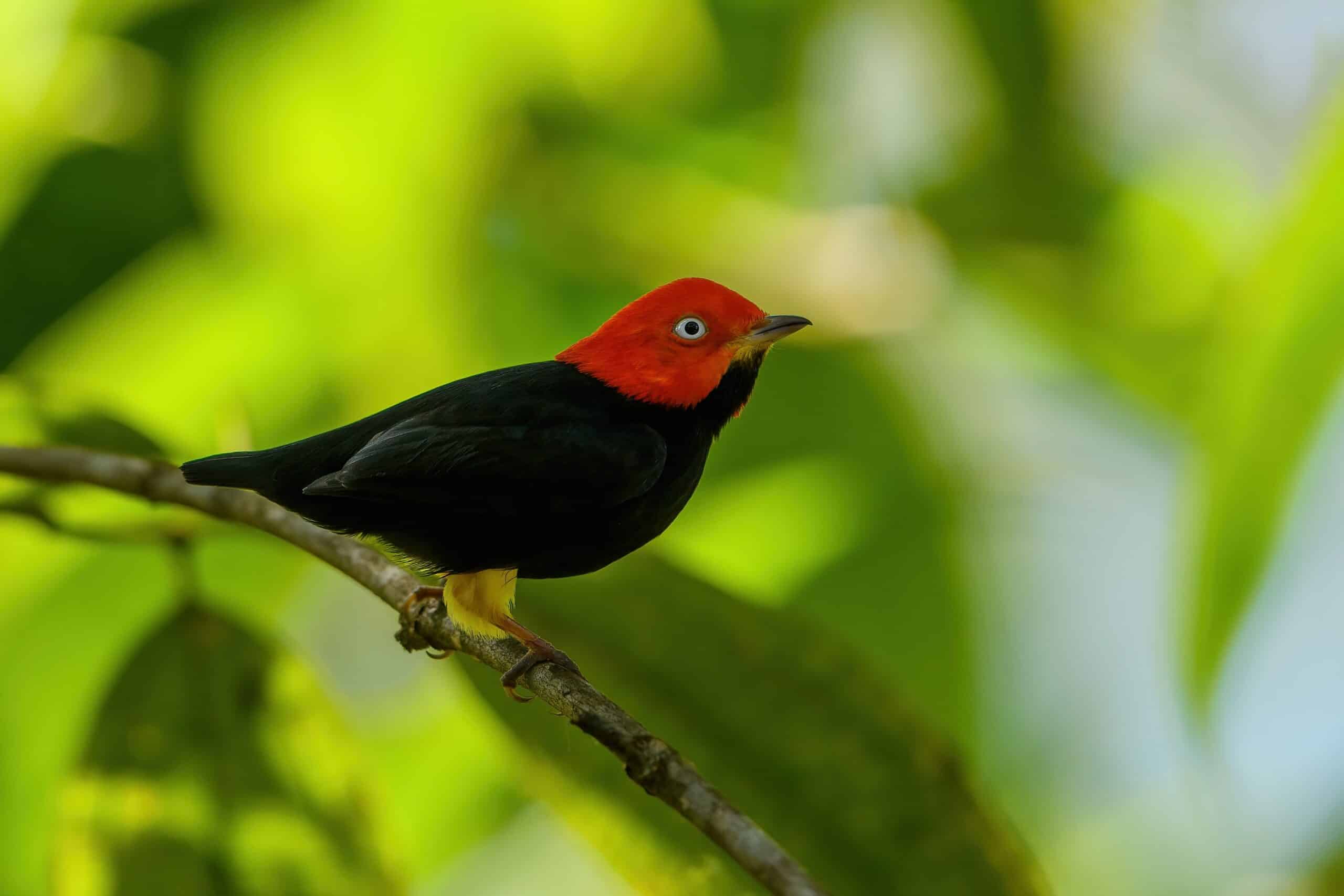
The Red-Capped Manakin puts on one of the most intriguing shows in the bird world, often referred to as the “moonwalk.” Males perform a quick, backward slide across branches, resembling Michael Jackson’s signature move. This eye-catching display is meant to demonstrate agility and fitness to potential mates. The dance includes rapid wing flicks and hops, creating a visual spectacle as the male flashes his red head against dark forest backgrounds. Females watch nearby, assessing each male’s skill, coordination, and energy levels. This unusual ritual highlights both the bird’s athleticism and unique courtship style.
Blue-Footed Booby
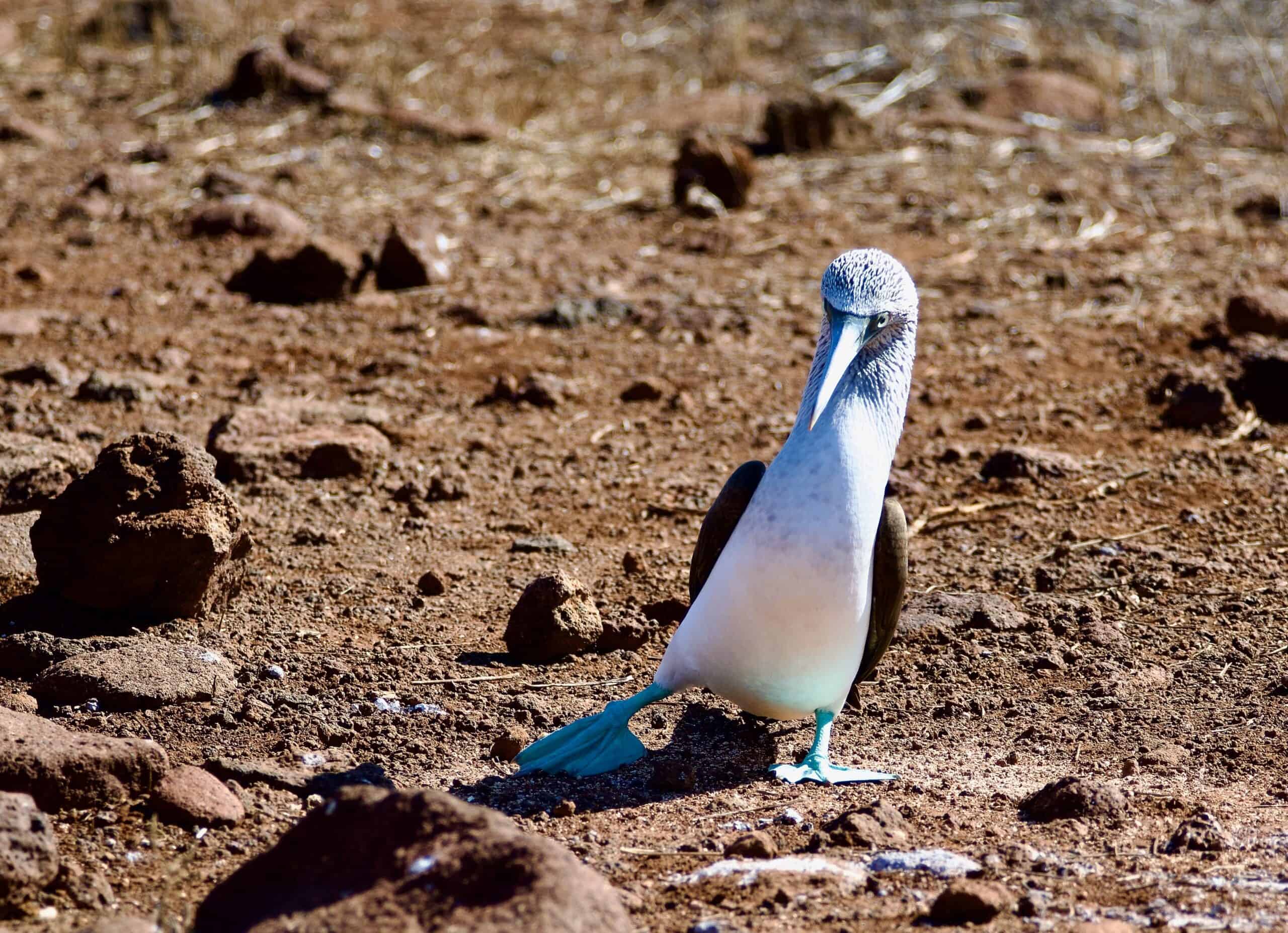
Blue-Footed Boobies are famous for their vibrant, sky-blue feet, which play a central role in their mating ritual. The males lift and display their feet in a high-stepping dance, accentuating their color with each step. The brighter the feet, the more appealing the male is to a female, as the color signals good health and genetic quality. Males also point their beaks skyward, spread their wings, and emit whistles and honks to enhance the show. Females respond by mimicking the male’s dance, creating a synchronized courtship display. This ritual is as much a test of color as it is of coordination and vitality.
Satin Bowerbird

The Satin Bowerbird crafts an elaborate “bower,” or structure, made from sticks and decorated with blue objects, including berries, bottle caps, and flowers. Males collect and arrange these items meticulously, creating an appealing display for females. The blue color is a critical component, as it matches the male’s iridescent plumage, further enhancing his attractiveness. Once a female arrives, the male performs a hopping dance and emits mechanical-sounding calls to charm her. This intricate setup and performance allow females to judge both the male’s resourcefulness and creative ability.
Kakapo

The Kakapo, also known as the “owl parrot,” is famous for its unique booming call that travels over long distances to attract females. Since these large, flightless parrots are nocturnal, the males call from specially made hollows they dig in the ground, which help amplify the sound. They produce deep, resonant booms, which can carry up to several kilometers, drawing females to their location. After the booming, the male emits a higher-pitched call to complete the display. This solitary courtship ritual is crucial, as Kakapos are critically endangered and have limited breeding opportunities.
Greater Flamingo
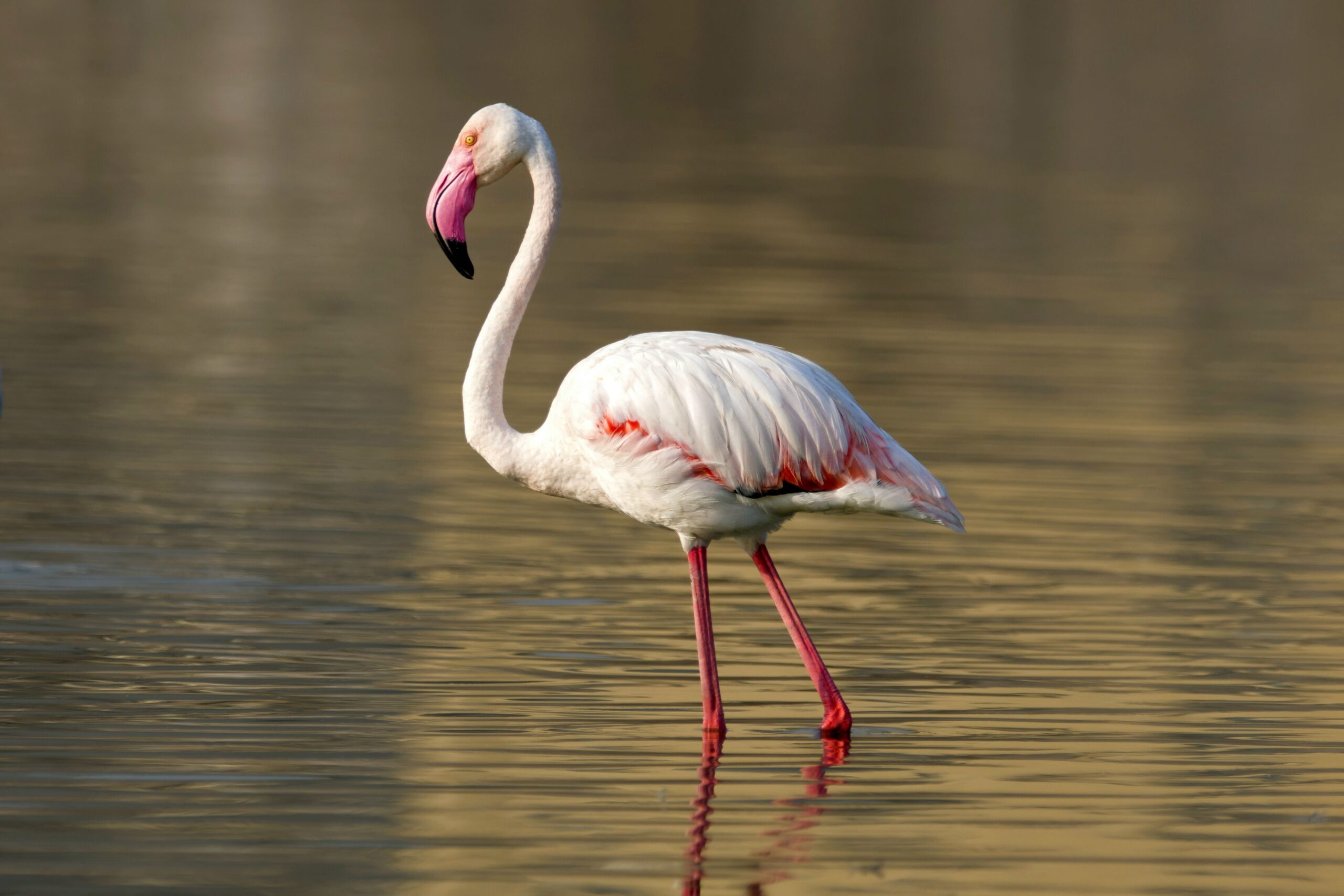
Greater Flamingos engage in one of the most synchronized courtship displays among birds, involving hundreds of individuals moving together in coordinated dances. Males and females perform a variety of movements, such as head-flagging and wing-saluting, in perfect synchrony with one another. These displays showcase their physical fitness, grace, and group cohesion, which are appealing traits to potential mates. The pink coloration of their feathers, a result of their diet, adds an extra layer of appeal, as it signals health and vitality. The result is a mesmerizing dance that strengthens social bonds within the group while attracting mates.
Lyrebird
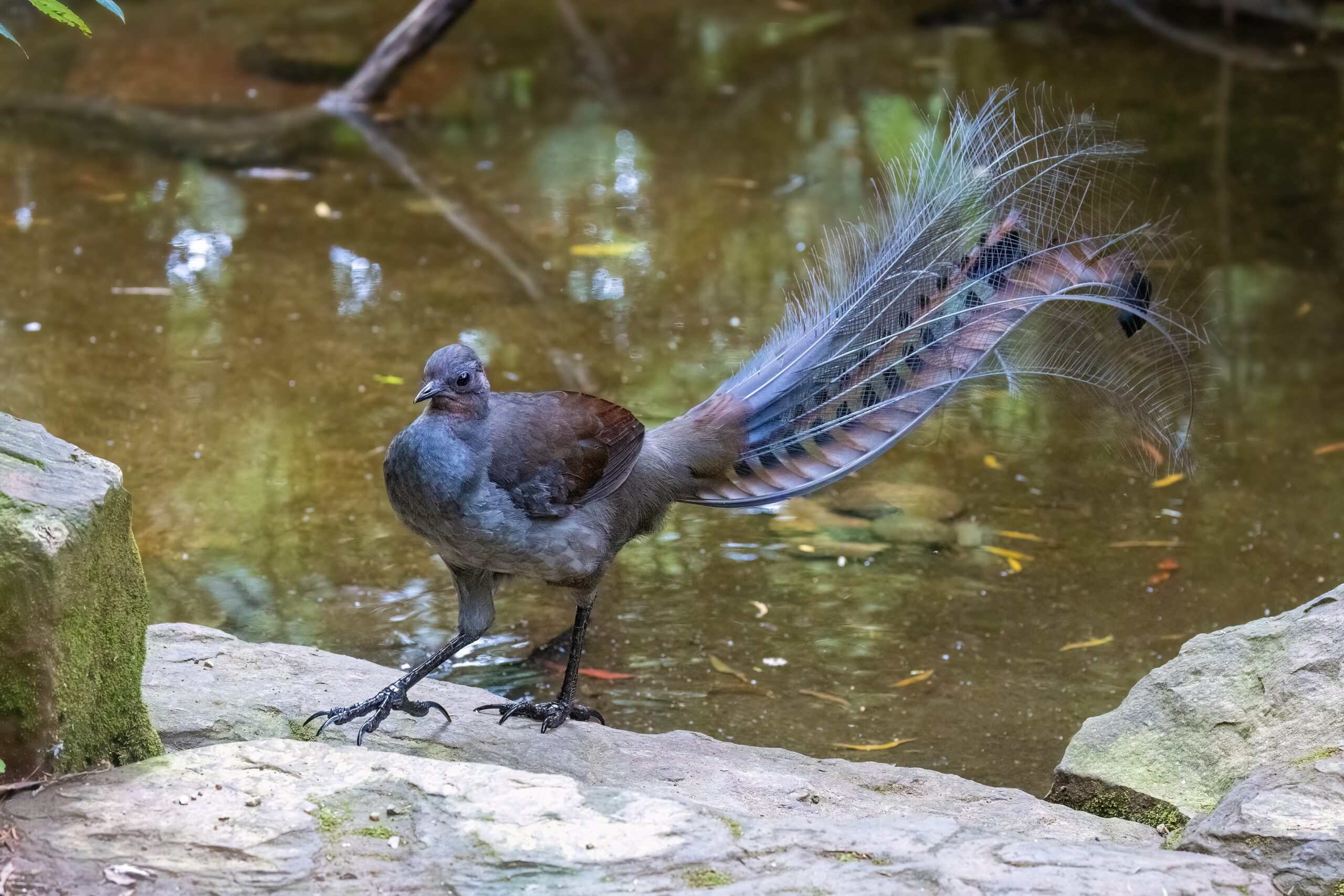
The Lyrebird is a remarkable mimic, incorporating sounds from its environment into its mating display, including chainsaws, camera shutters, and even other birds. Males perform this vocal imitation along with a fan-like spread of their tail feathers, which they raise over their heads like a lyre. They mimic up to twenty different bird species in rapid succession, layering these sounds in a complex melody. This soundscape, combined with a choreographed display, draws females in, demonstrating the male’s intelligence and adaptability. The Lyrebird’s unique courtship ritual underscores both its vocal abilities and its creativity in attracting a mate.
Long-Tailed Widowbird

The Long-Tailed Widowbird stands out for its extravagant tail, which can be nearly half a meter long in males. During mating season, males soar and glide above open grasslands, showcasing their elongated tail feathers. They perform a swooping flight display, with tail feathers fanned wide to capture the attention of females below. The length and health of the tail are essential, as females often select mates based on the condition of these feathers. Males invest energy into keeping their tails in top shape, as longer tails indicate strength and genetic quality. This display is a test of endurance, with males showing off both their resilience and their striking physical traits.
Superb Bird-of-Paradise

The Superb Bird-of-Paradise is famous for its elaborate dance and striking transformation during courtship. Males raise their iridescent blue breast shield and fan out feathers to create a circular “face” with a striking blue and black coloration. They hop around a potential mate, performing a rhythmic dance while emitting a series of clicking sounds. This performance is all about capturing the female’s full attention with vibrant colors and movement. The male carefully selects his display area, cleaning it meticulously to ensure a clear stage for his show. This unique courtship display demonstrates the bird’s energy, agility, and ability to captivate a mate with an otherworldly transformation.
Wilson’s Bird-of-Paradise
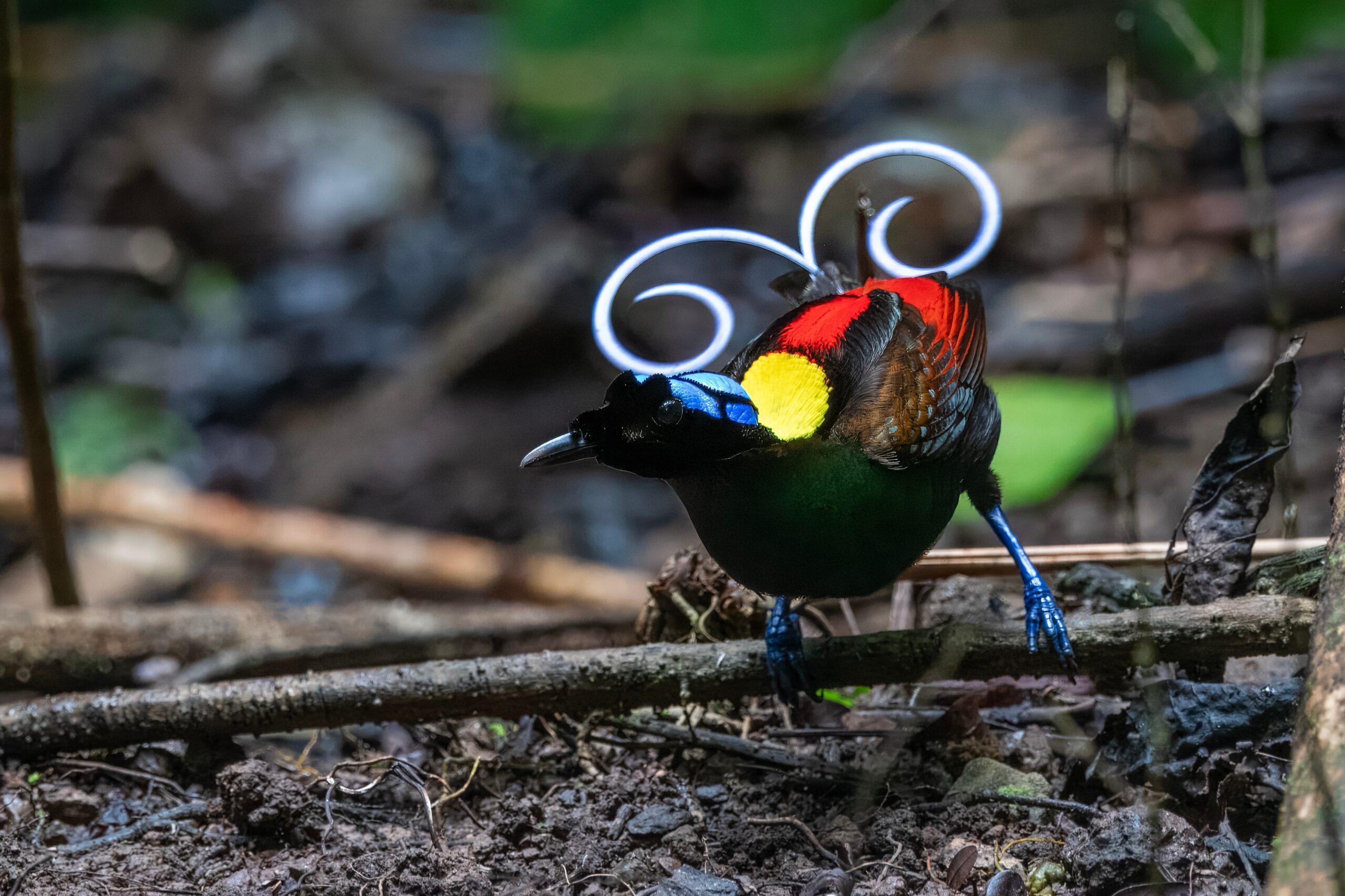
Wilson’s Bird-of-Paradise is one of the most colorful and exotic members of the bird world, known for a ritual that highlights its bold colors. Males create a display area on the forest floor, removing debris and arranging it to create an open, spotless stage. The male then showcases his vibrant yellow, red, and blue plumage, bowing and turning to reveal each angle to a watching female. His bright blue crown and iridescent feathers add a dazzling effect in the dim forest light. The ritual is complemented by a dance that combines hopping and posing, allowing him to showcase his colors and precision. This performance is a meticulous display of the male’s commitment to impressing his potential mate.
Western Grebe

Western Grebes engage in a spectacular courtship dance known as “rushing,” where pairs of birds run across the surface of the water in perfect synchronization. With necks held straight and wings tucked in, they dash side by side across the water, creating a striking visual display. This dance requires exceptional coordination and physical endurance, as both birds must match each other’s speed and movements. The pair may also mirror each other’s head movements and neck stretches, enhancing their bond and trust. This ritual not only strengthens the pair’s connection but also showcases their compatibility and stamina. The result is a breathtaking performance that is rarely matched in the bird world.
Riflebird
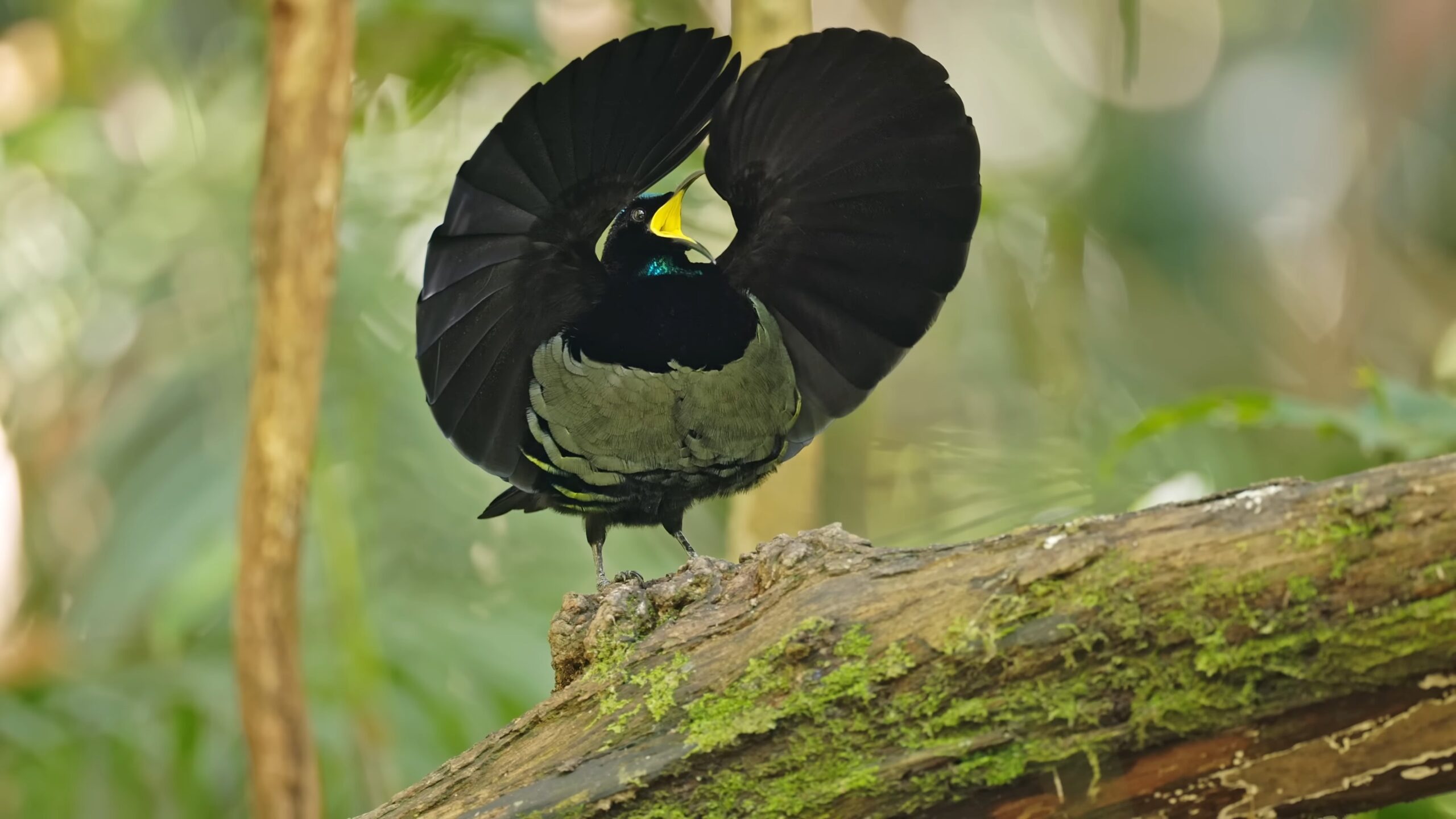
Riflebirds, particularly the male, are known for their captivating courtship display that combines color, dance, and sound. Males fan their glossy black feathers and raise their wings, creating a dramatic silhouette against the forest canopy. They perform a unique side-to-side rocking dance, often accompanied by loud calls and head movements. The iridescent blue and green feathers on their chest shimmer with each movement, drawing the female’s attention. This display is all about creating a dynamic visual effect that highlights the male’s colors and rhythm. Riflebirds rely on this mesmerizing combination of movement and color to make a lasting impression on potential mates.
American Woodcock
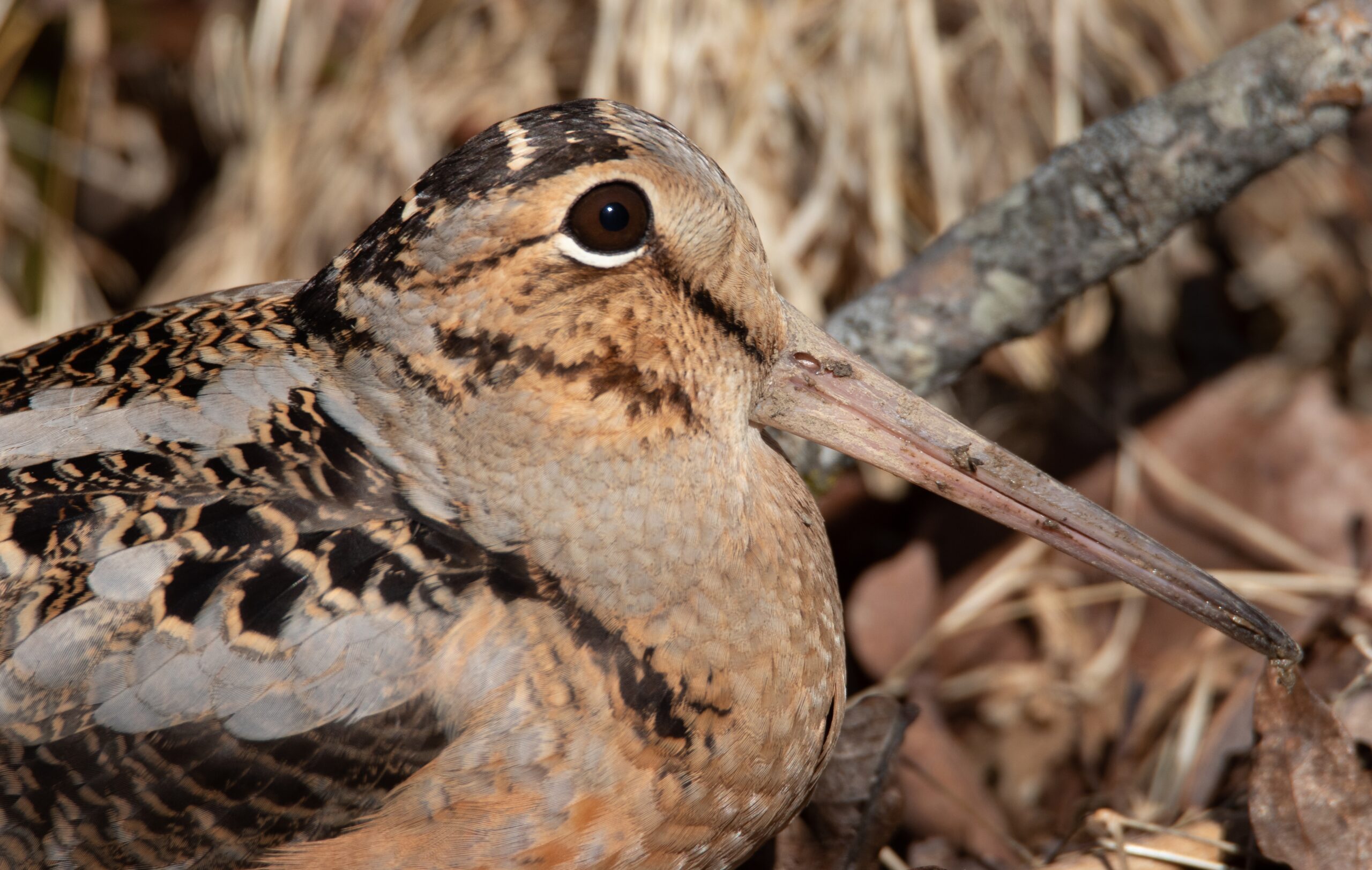
The American Woodcock’s courtship ritual is a combination of an aerial display and a unique call. Males start with a repetitive “peent” call from the ground to announce their presence, often at dusk or dawn. Then, they launch into a spiraling flight high into the sky, producing a twittering sound created by the wind rushing through their wings. This display ends with a rapid descent back to the ground, where they land near a female if she’s interested. The entire performance is both auditory and visual, allowing the male to showcase his agility and vocal prowess. This combination of sound and movement makes the American Woodcock’s courtship display both captivating and effective.
Frigatebird
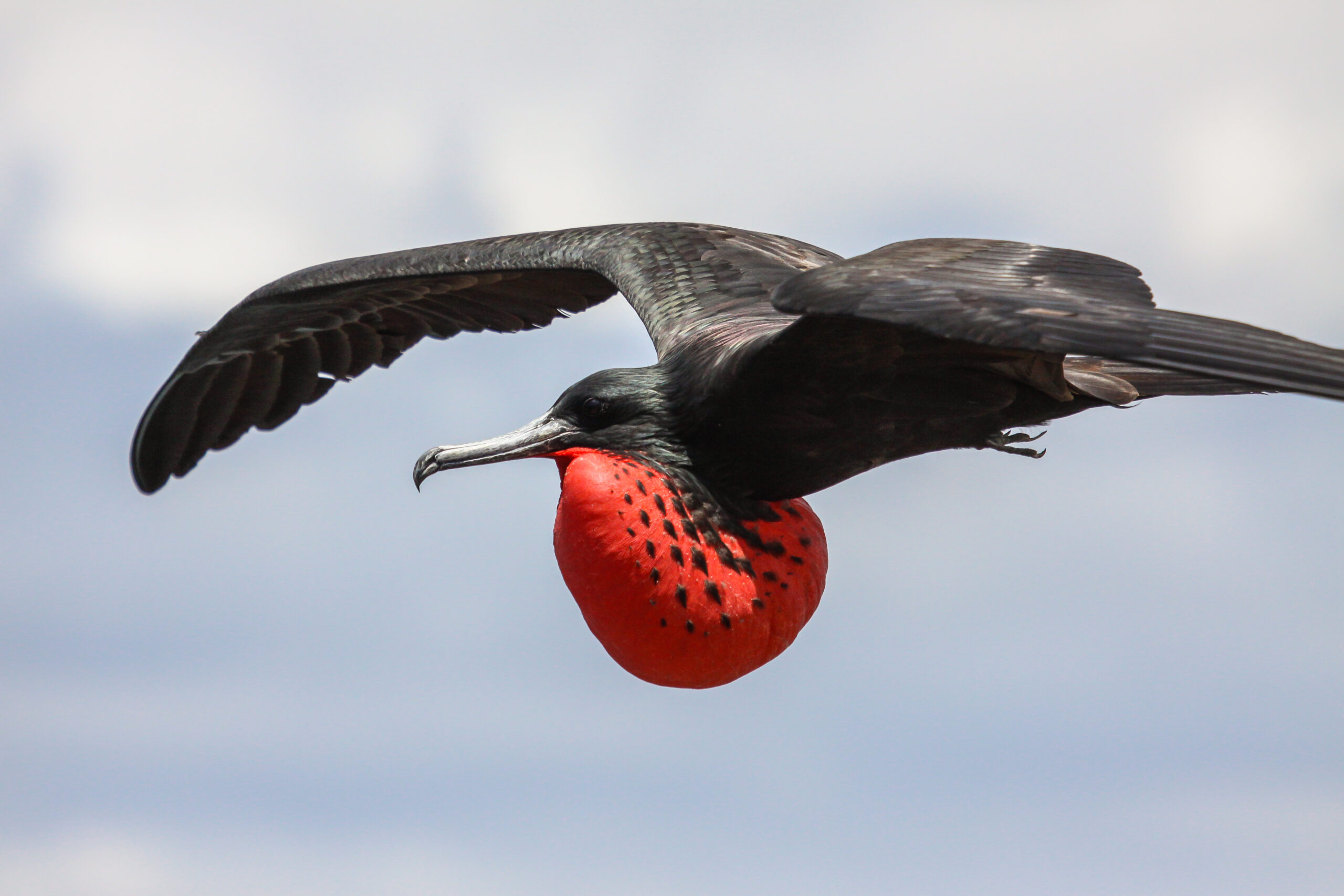
Frigatebirds, particularly the males, are known for their bright red throat pouch, which they inflate during the breeding season. The inflated pouch forms a striking heart shape, which the male displays while perched in a visible spot. Males also raise their wings and produce drumming and clicking sounds to draw the female’s attention to their bright red display. The size and brightness of the pouch are important, as females choose mates based on the quality of this display. This ritual highlights the male’s health and strength, as inflating the pouch requires significant energy. The Frigatebird’s display is an iconic and vibrant courtship performance that showcases both endurance and vivid coloration.
Peafowl
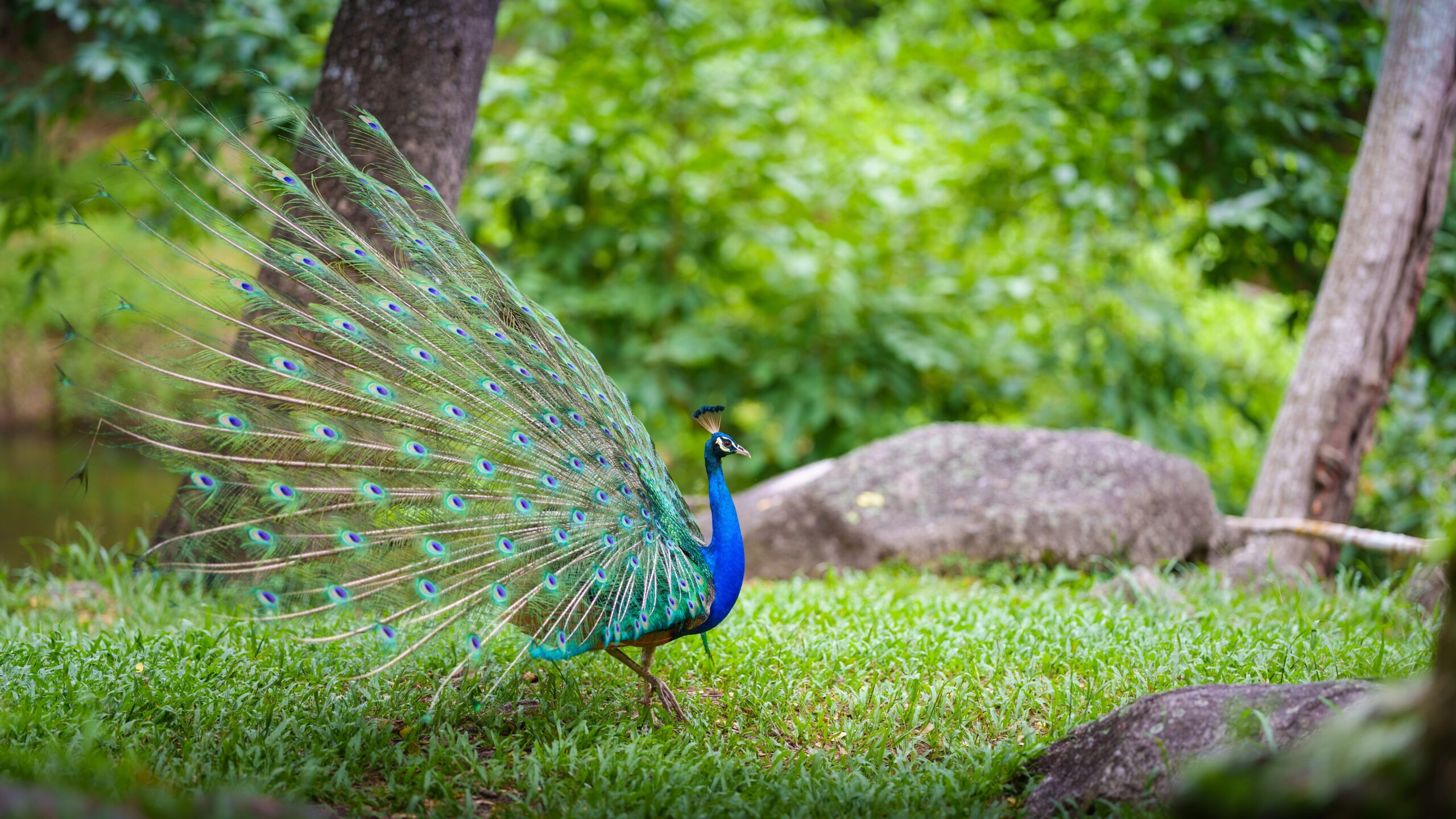
The Peafowl, especially the male peacock, is famous for its dazzling courtship display. Males spread their long, colorful tail feathers into a fan, showcasing eye-catching blue and green hues with iridescent eyespots. They shake their tails to create a rattling sound, further drawing attention to their vibrant plumage. This display is meant to mesmerize females, highlighting the male’s health and vitality. Each feather’s condition and the pattern of eyespots play a significant role, as females favor mates with symmetrical and flawless displays. The peacock’s extravagant show is one of nature’s most iconic examples of courtship beauty and complexity.
Black Grouse
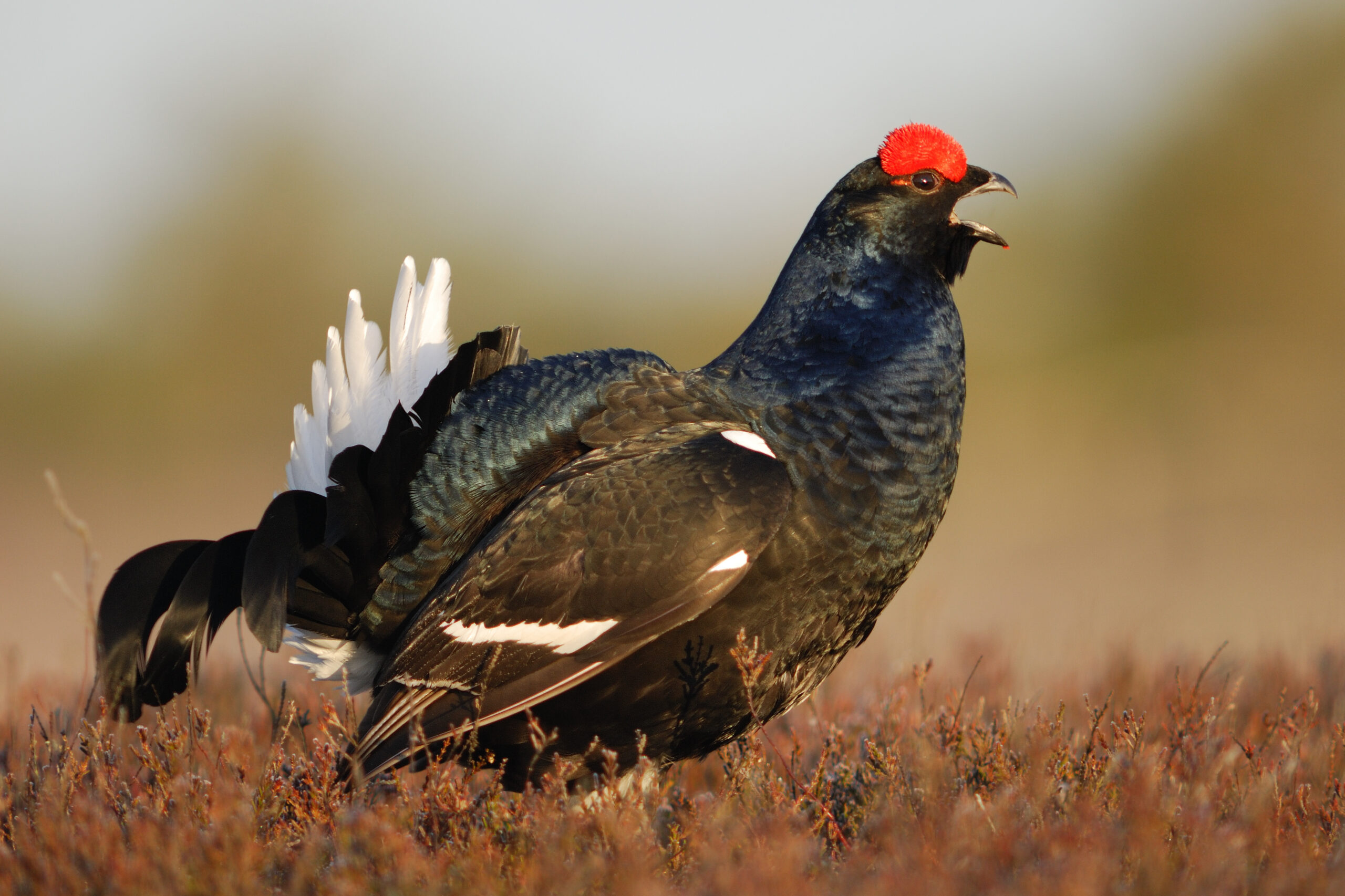
The Black Grouse performs an impressive and noisy courtship display known as “lekking.” Males gather in open areas, where they puff out their chest feathers, fan their tails, and produce a series of bubbling calls. They strut and display vigorously, each trying to outshine the others in the lek, or gathering area. This display not only emphasizes physical fitness but also helps females assess which male is the fittest. The ritual often involves mock fights between males, with each attempting to establish dominance in the group. It’s a thrilling show of both beauty and competitiveness among these bold birds.
Eurasian Curlew
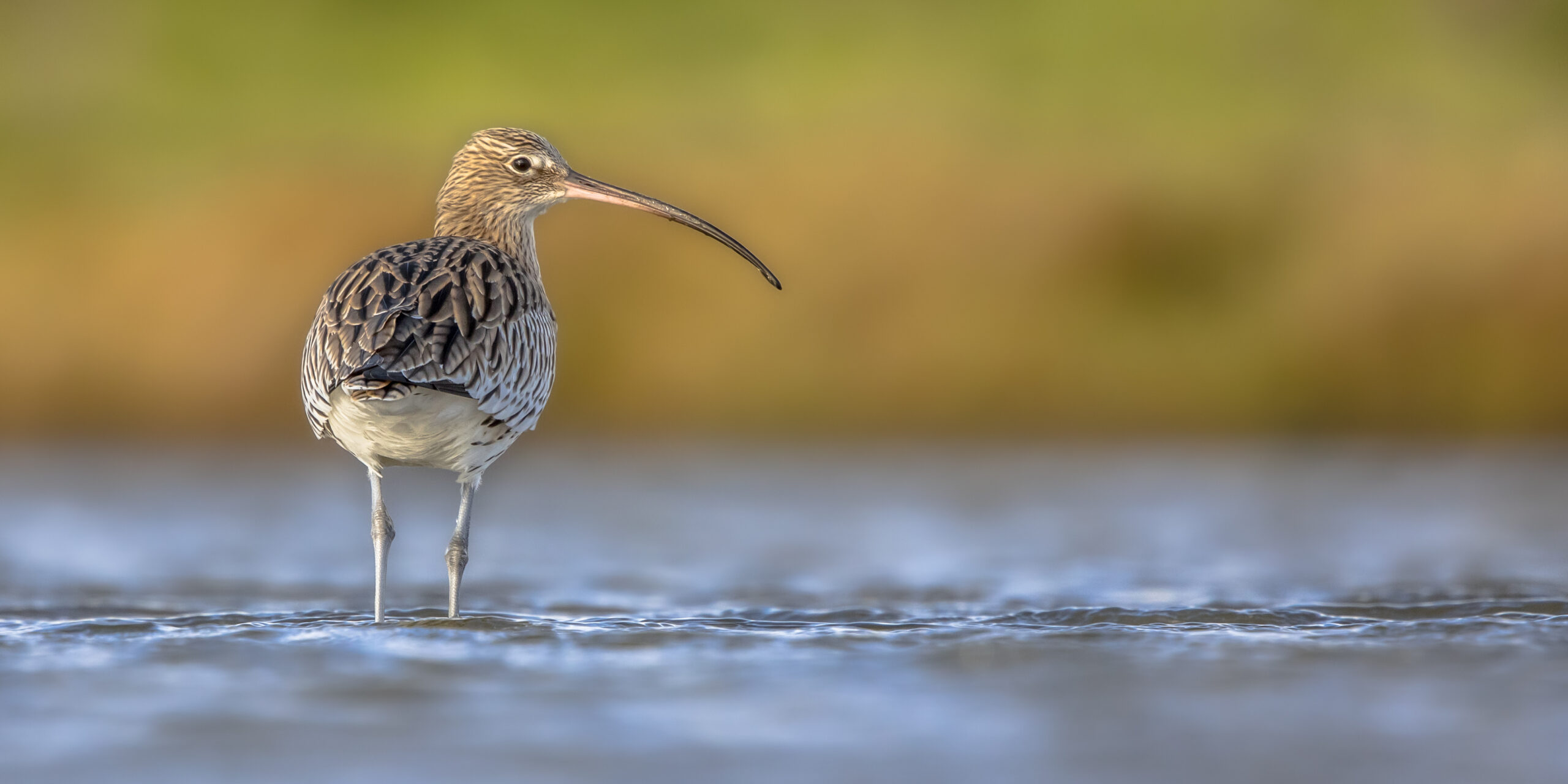
The Eurasian Curlew’s courtship display relies heavily on vocalization, making it one of the most melodious of all bird rituals. Males fly in looping patterns while singing a series of high-pitched, flute-like calls to attract females. The sound carries far and wide, resonating across open landscapes. As the male continues his flight, he dives and ascends, each movement matched with rhythmic calls. This flight-and-song combination helps females gauge the male’s stamina and vocal ability. The Eurasian Curlew’s unique song and flight patterns make it a memorable display among bird species.
Lesser Florican
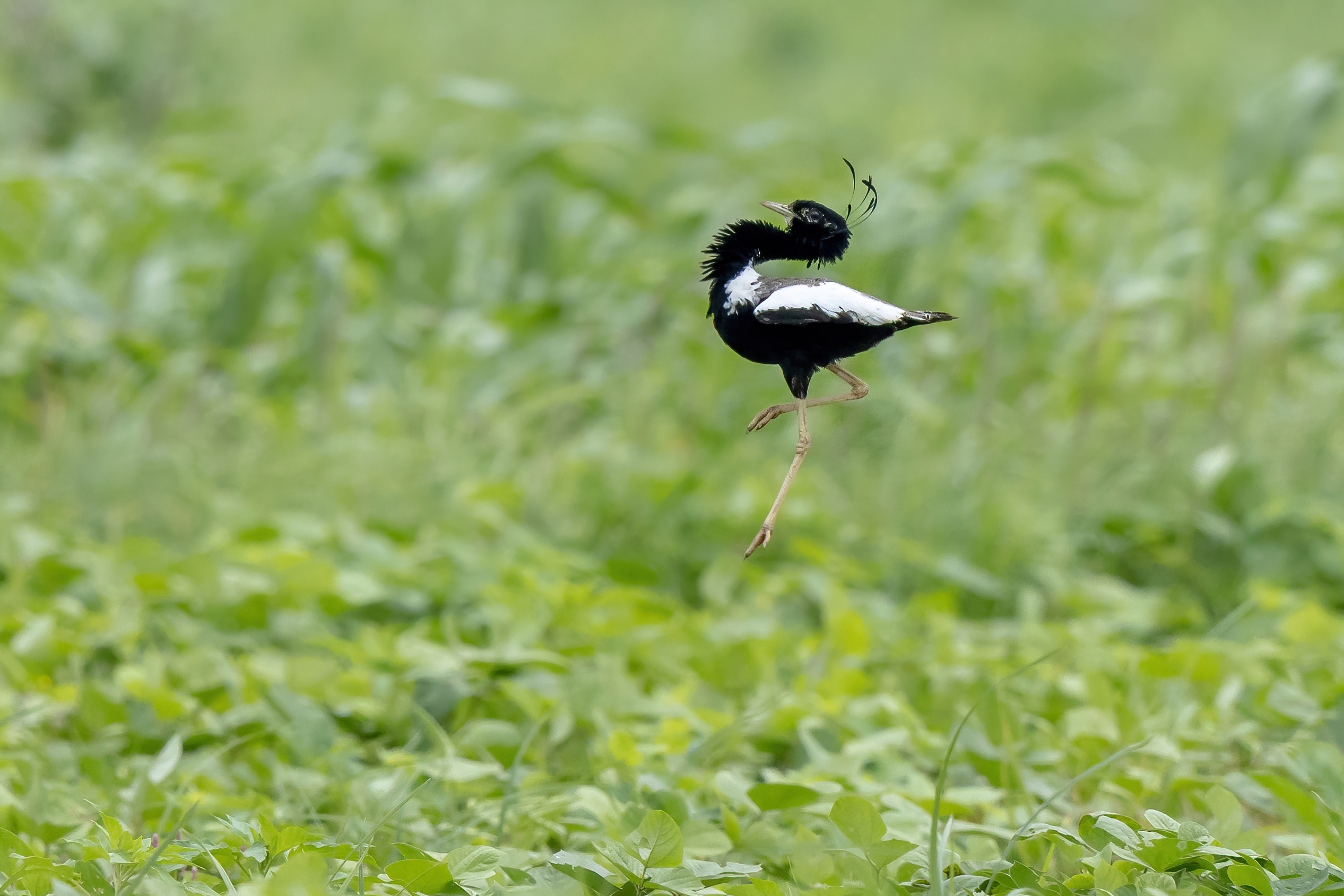
The Lesser Florican is known for its high jumps and acrobatic courtship display, which is truly unusual in the bird world. Males leap several feet into the air, flapping their wings rapidly and emitting a loud, clicking sound as they rise and fall. This display is not only a test of the male’s physical ability but also showcases his energy and enthusiasm. Each jump is executed with precision, catching the attention of nearby females. The ritual is visually captivating and highlights the male’s agility. This energetic display sets the Lesser Florican apart as one of the more athletic birds in its courtship behavior.
Prairie Chicken
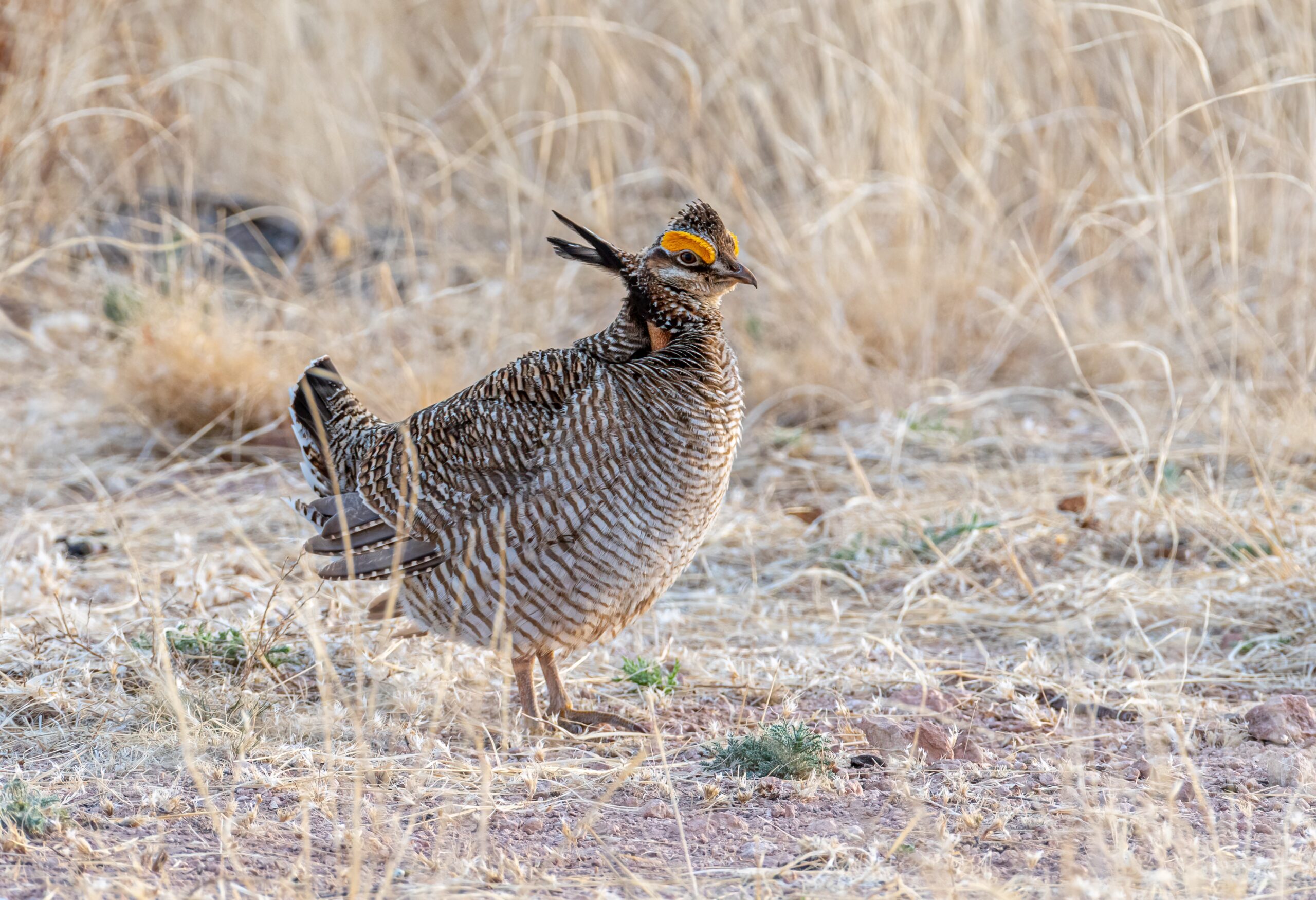
The Prairie Chicken’s courtship display is as unique as it is elaborate. Males gather at leks, where they inflate orange air sacs on their necks, producing a deep, booming sound. They also perform a “booming” dance, stomping their feet and raising feathers on their necks to add to the visual effect. This combination of sound and movement is aimed at both attracting females and intimidating rivals. Females observe carefully, choosing the male with the best dance and sound display. The Prairie Chicken’s ritual emphasizes the male’s coordination, stamina, and vocal ability, making it a multi-sensory display.
Crested Auklet

The Crested Auklet’s mating ritual is known for its distinctive scent, which resembles tangerines. Males exude this fragrance, a trait unique to the species, to attract potential mates. They also have a tuft of feathers on their forehead, which they display by nodding and performing a head-bobbing dance. This behavior is further complemented by mutual “billing,” where males and females gently touch beaks as part of their courtship. The ritual is not only about appearance but also emphasizes scent, as females prefer mates with a strong fragrance. This multi-sensory display makes the Crested Auklet’s courtship both unique and memorable.
Clark’s Grebe

Clark’s Grebes engage in a synchronized “rushing” display during courtship, where pairs of birds run across the surface of the water side by side. This synchronized movement is a stunning example of coordination and mutual effort. Both birds rise on their feet, moving quickly across the water, a feat that requires exceptional balance and energy. They also perform a mirrored head movement, bobbing their heads in unison. This ritual strengthens the bond between the pair, showing off their compatibility. The Clark’s Grebe’s courtship dance is one of the most graceful and synchronized displays in the bird world.
Andean Cock-of-the-Rock
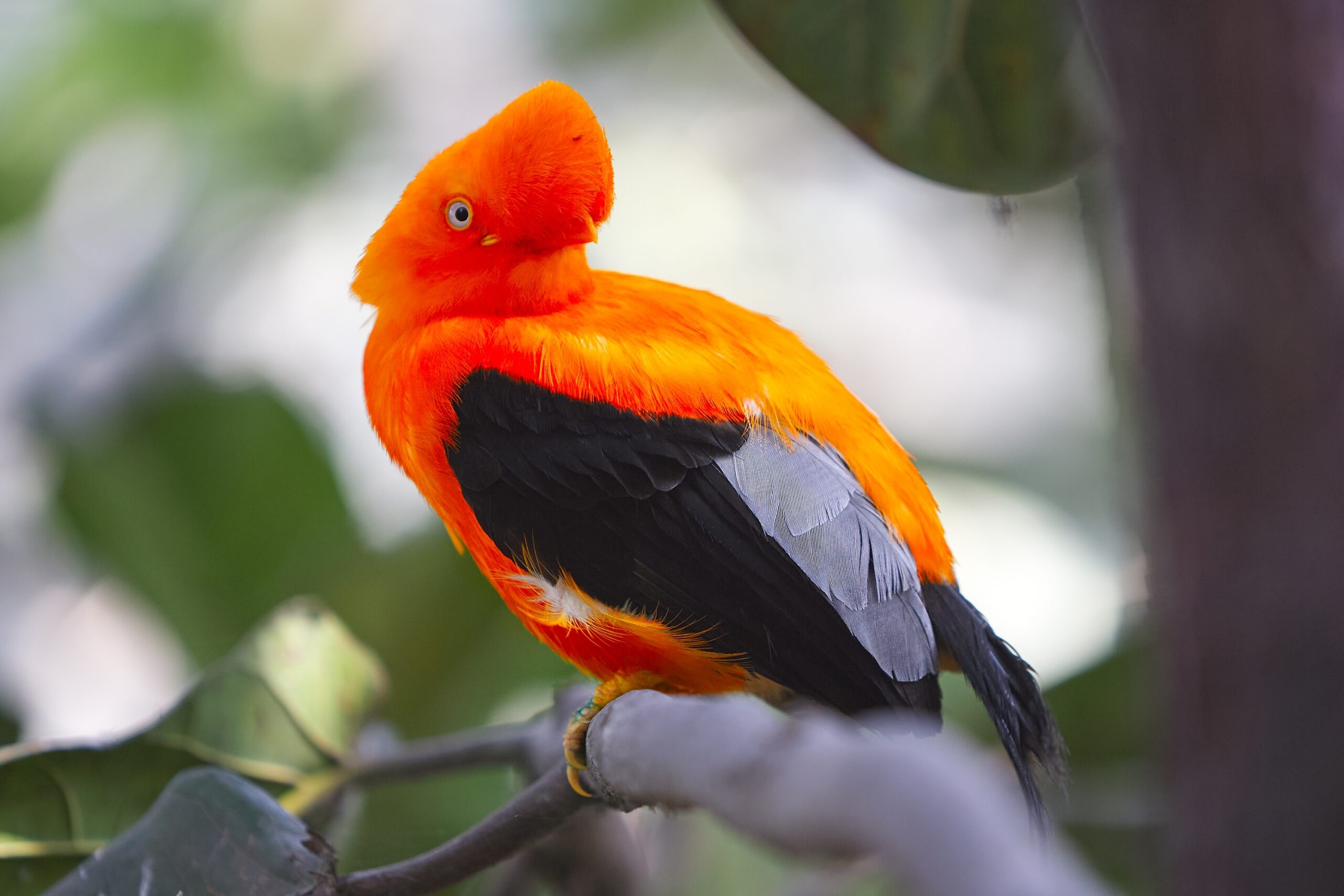
The Andean Cock-of-the-Rock is one of South America’s most striking birds, known for its vibrant red-orange plumage and elaborate courtship displays. Males gather in groups, called leks, to compete for attention, each setting up a performance space within the forest. They begin their display by making a series of loud croaks and calls, which echo through the dense jungle. To enhance their appeal, they perform a series of movements, including wing flapping, head bobbing, and hopping from branch to branch. This energetic dance showcases their brilliant plumage, contrasting against the dark forest background. The males compete to outdo each other, with females watching from nearby perches, selecting mates based on their performance. The Andean Cock-of-the-Rock’s colorful and lively display makes it one of the most extraordinary mating rituals in the bird world.
This article originally appeared on Rarest.org.
More from Rarest.org
20 Rarely Seen Desert Creatures with Unusual Adaptations
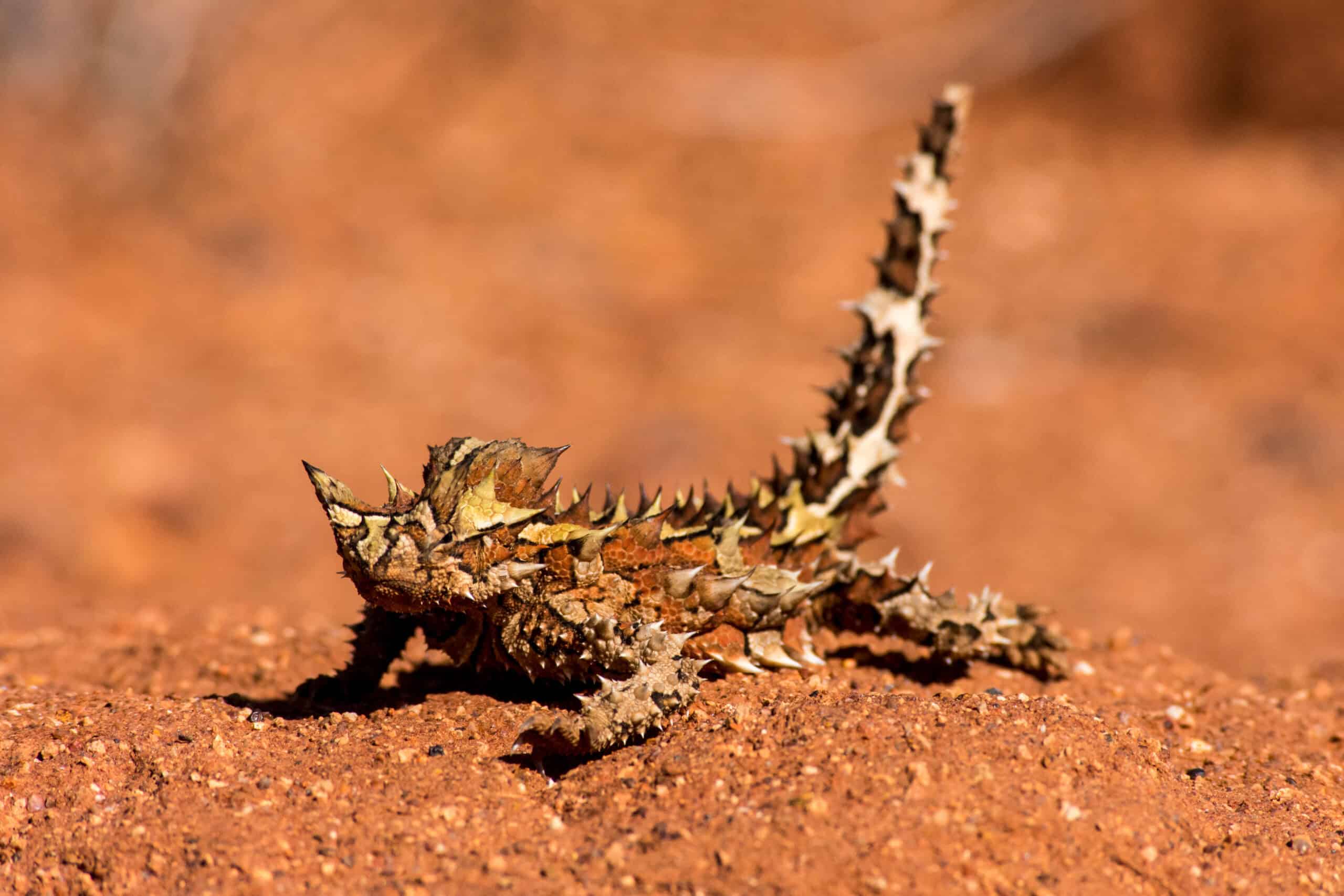
Deserts are some of the most extreme environments on Earth, yet they are home to an incredible array of creatures with remarkable adaptations. Read More.
17 Rare Off-Road Vehicles Built for Extreme Adventures

When it comes to off-road adventures, having the right vehicle can make all the difference. Read More.
18 Fascinating Primates Living in the Canopies of Tropical Forests
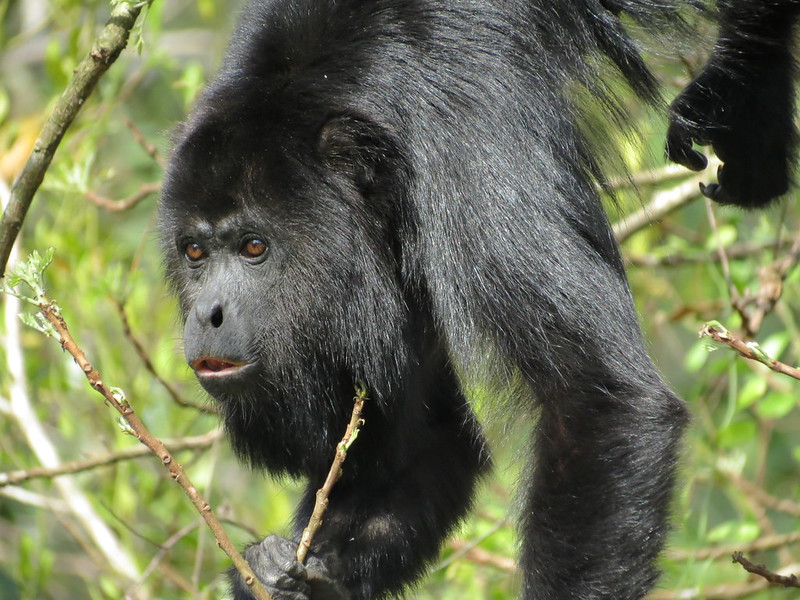
Tropical forests are home to some of the most fascinating primates on the planet, many of which spend their lives high in the canopies. Read More.
